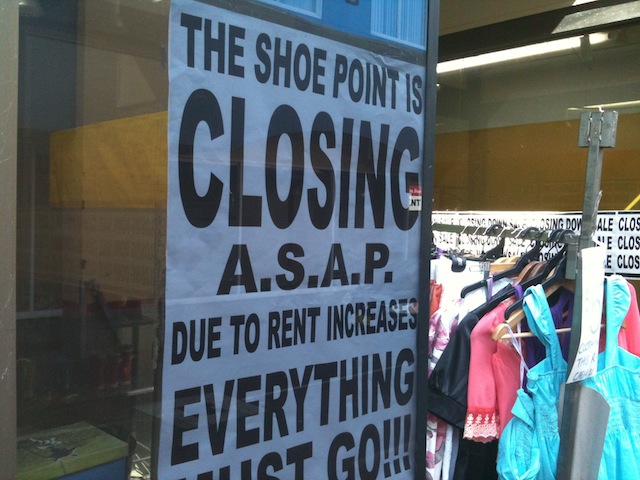As part of the Meeting the The Future Head-on event in Sydney tonight I thought it may be worthwhile to list down the key points I’ll be making about future proofing businesses in these times of change.
Reading the Jobs for NSW report, it’s telling that 70% of the state’s jobs are in inward facing industries and for the main part they are losing competitiveness. That leaves them exposed to international competition and automation.
It’s easy think that many domestic services business – which make up the bulk of Australia’s small business sector – are immune from competition but the example of how Uber has upended the taxi industry is an example of how even the most protected sectors are still vulnerable.
Focus on the customer
Over the last twenty years Australia has sleep-walked into becoming a high cost economy and most Australians still seem in denial about just cripplingly expensive the country has become.
Four years ago this blog posted on how Sydney was only second to Zurich as the most costly place in the world to base a startup.
There’s nothing wrong about being as expensive as Switzerland or Germany or Japan, but to compete globally it means offering high value goods and services. The easiest way for a smaller or high growth business to do that is to focus on providing stellar customer service.
Being better than the bloke next door is not good enough, that service has to compare with the best in the world in your sector.
Keep the business lean
Yesterday’s post looked at how corporations are outsourcing, the same applies to smaller businesses. Anything that doesn’t directly involve customers should be outsourced or automated.
For smaller businesses, shifting to modern payment, banking and accounting systems is relatively straightforward and setting up automation within those applications is easy.
Similarly any employment should be virtual unless it is directly involved in serving, supporting or selling to customers.
Adapt quickly
Not only is it important to keep the business lean financially but also in mindset. In recent years the tech startup community has adopted the Lean methodology and adapted it to their much volatile world.
That startup thinking is useful for non-tech businesses as it encourages a company to be far more responsive to market or economic shifts along with identifying product lines or ideas that aren’t performing.
Invest in the business
One of the biggest weakness for Australian businesses of all sizes is they are undercapitalised – even the biggest businesses tend not to retain profits and give them back as dividends to shareholders.
From a small business perspective this is understandable as the high cost of living in Australia means proprietors have to pull out an income to pay their million dollar mortgages in Sydney and Melbourne.
However what this does mean is that businesses are chronically undercapitalised resulting in them not spending enough on equipment, technology or staff training.
If you’re making a profit, try to put as much back into the business as possible and if you need more find an investor who shares your vision for the venture.
Looking global
Probably the most depressing thing about Australia in 2017 is just how insular the nation’s economy has become in the last twenty years. In New South Wales export related jobs have fallen from 32% of the overall workforce to 29% and the slight growth in tradeable services is entirely due to the education sector.

Even if there’s no intention to export, understanding the global trends and benchmarking performance against international leaders is one of the best safeguards for a business wanting to survive over the next twenty years.

Leave a Reply